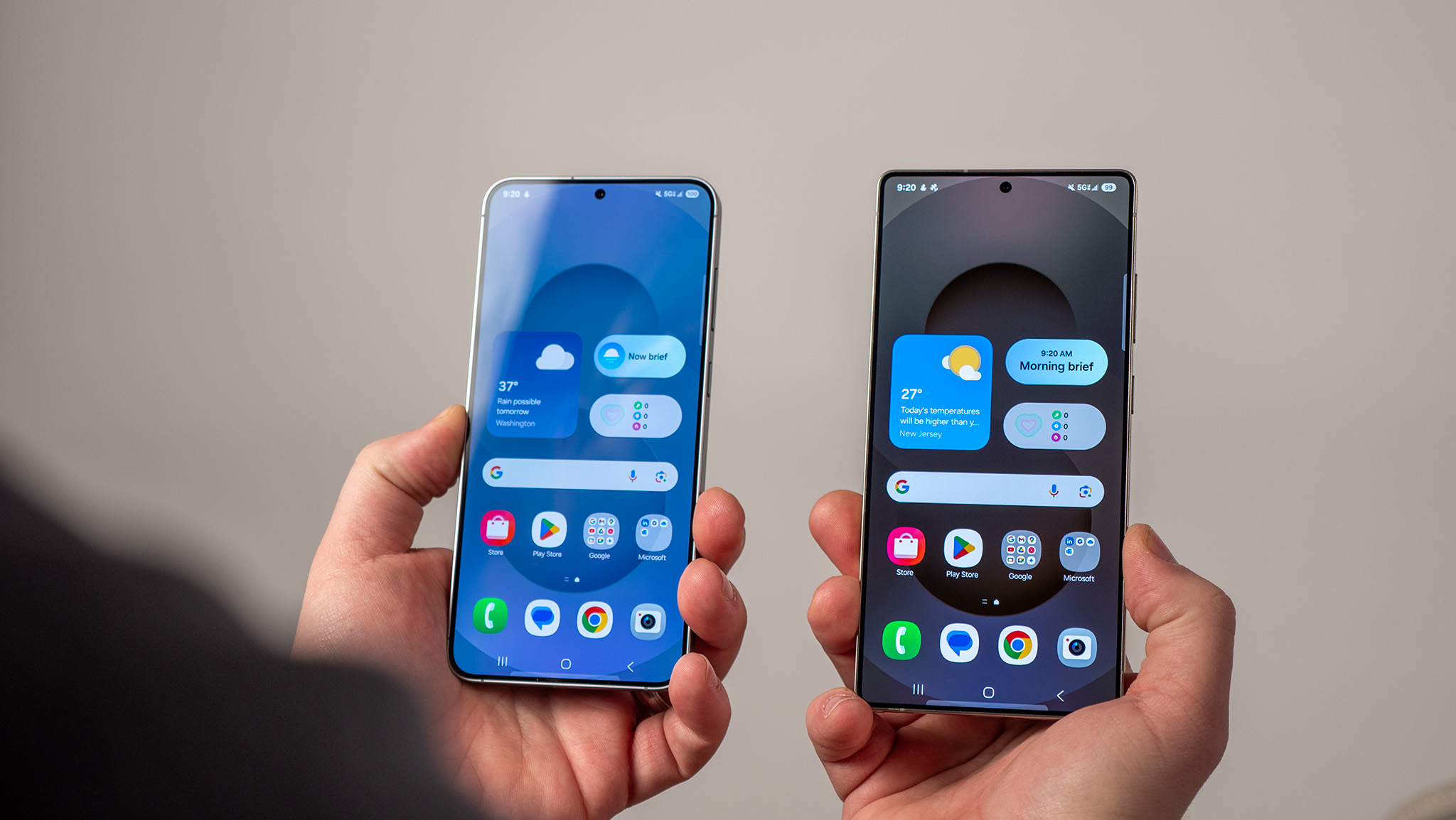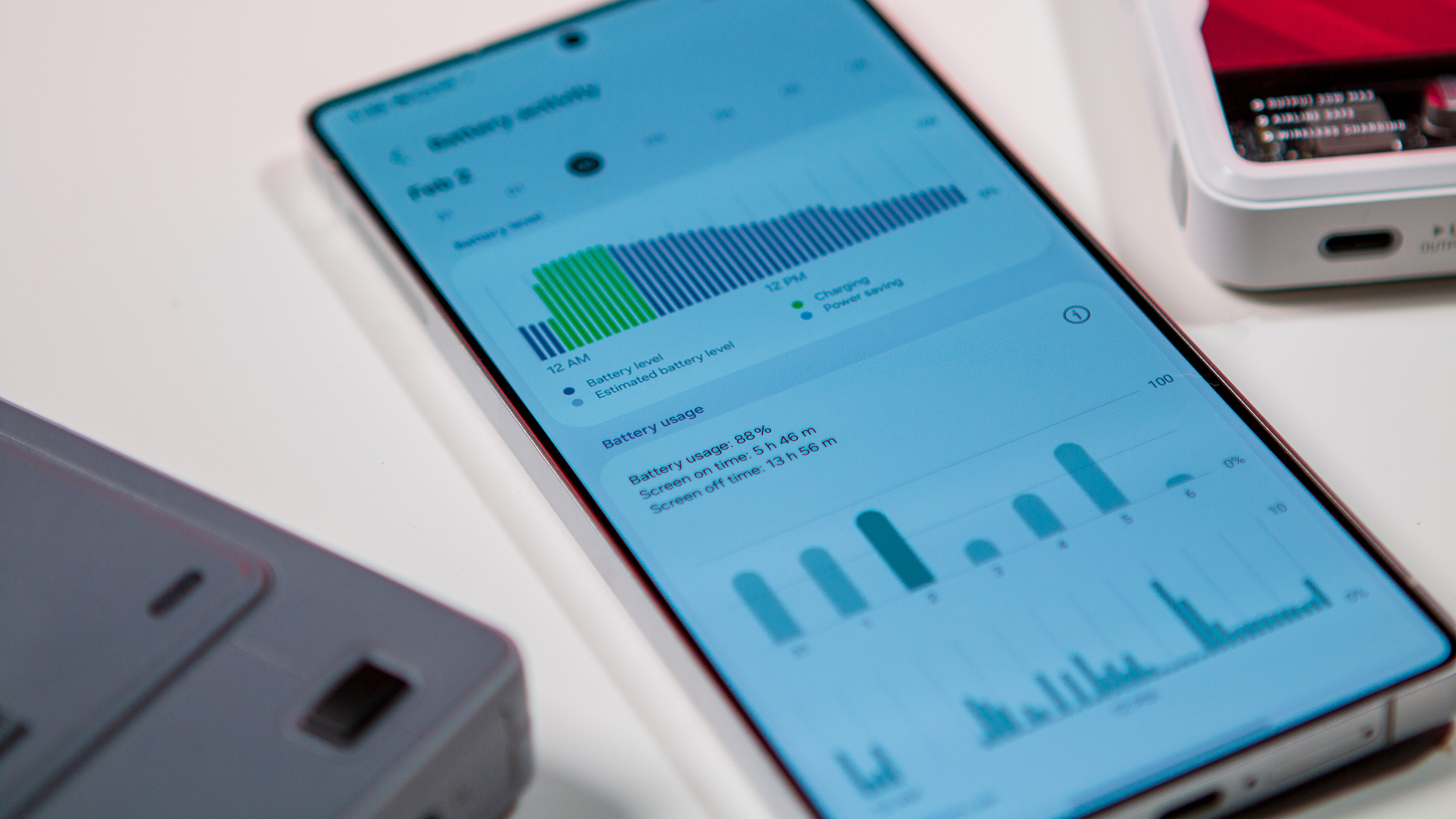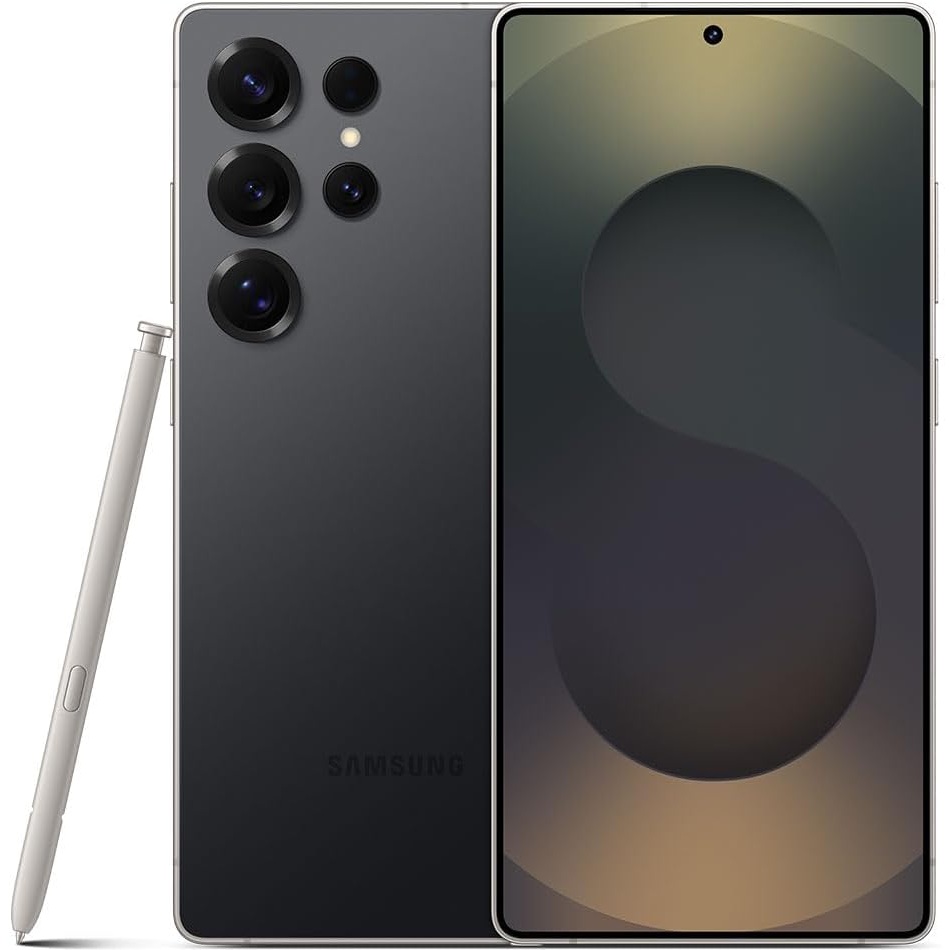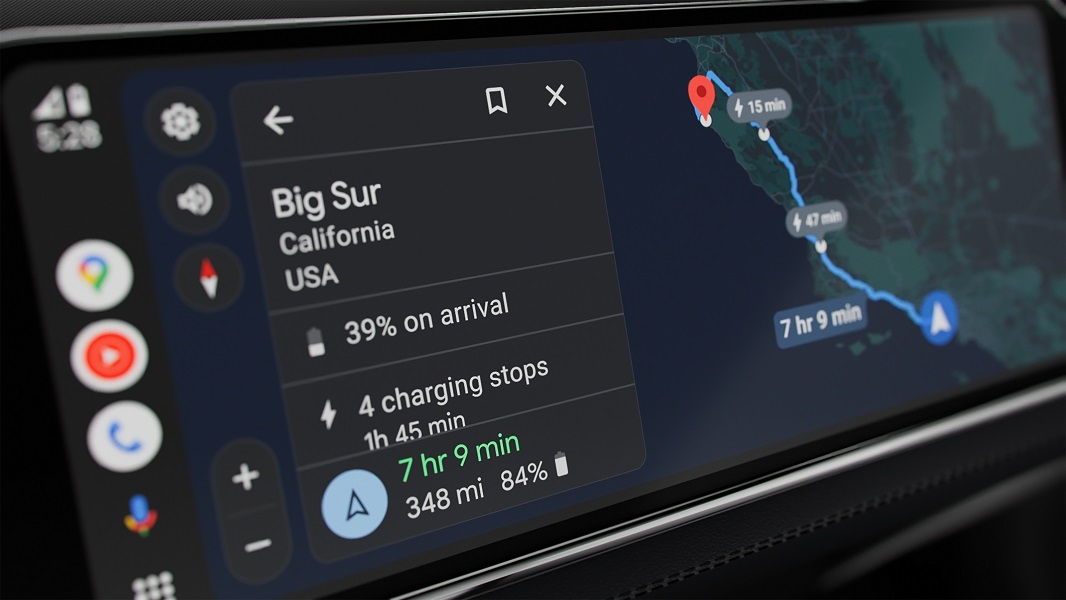Samsung's batteries may finally catch up to the competition next year
Maybe this means we can finally stop living in 2019.

What you need to know
- Samsung is reportedly showing interest in developing the necessary silicon-carbon materials for bigger batteries in future Galaxy phones.
- The company could deploy 6,000mAh to 7,000mAh batteries in its Galaxy phones in 2026; however, its charging upgrade is unknown.
- Samsung would come closer to OnePlus, which revealed its new Glacier tech (6,000mAh batteries) with 100W charging last summer.
Samsung is rumored to finally be interested in upgrading a part of its smartphone tech that's become pretty stagnant.
The rumors stem from FNNews (Korean), which cites information received from an alleged Samsung Electronics "official." According to the publication, the Korean OEM is beginning to research the necessary steps for packing larger, silicon carbon batteries with quicker charge speeds in "future Galaxy models." If true, the future of Galaxy phones could see batteries within the range of 6,000mAh to 7,000mAh.
The publication's source claims (machine translated), "If silicon anode material is used, the capacity increases, but there is a lifespan issue, so improvement is necessary."
Information regarding what a future Galaxy phone's charging strength could look like is unknown; however, the publication taps Weibo tipster Digital Chat Station (DCS). The tipster allegedly posted speculation that "many flagship smartphones this year will support over 7,000mAh and 100W."
It's unclear if Samsung is aiming for such high charging wattage but, perhaps, that's a ceiling we can hope for. We've just gotten our hands on the Galaxy S25 series, which leads speculation to believe Samsung could boost its batteries by 2026 for the Galaxy S26 trio.

When looking at Samsung, the company typically lags behind other OEMs (notably Chinese ones) that have pushed battery/charging boundaries like OnePlus. The company detailed its new Glacier battery technology last summer before rolling it out on the OnePlus Ace 3 Pro and the OnePlus 13. The Glacier batteries utilize a "silicon carbon anode" designed specifically for high-performance devices. This new tech is said to let users go roughly two days without charging.
Moreover, a quick five-minute charge can reportedly deliver enough energy for two hours of gaming or three and a half hours of TikTok. This new tech arrived with 100W fast charging support, so we're seeing the heights Samsung should (hopefully) aim for.
Be an expert in 5 minutes
Get the latest news from Android Central, your trusted companion in the world of Android
Battery tech from Samsung has become pretty stale as the Galaxy S25 Ultra still rocks 45W charging with a 5,000mAh battery. Those are the same specs as the S24 Ultra... the S23 Ultra and the S22 Ultra. Basically, we're still stuck in 2019 with the same old battery and the same old charging strength. However, a test shows that Samsung did improve its overall battery and charging times this year with the Galaxy S25.
The Ultra was seen going from 0% to 70% charge in 30 minutes with its 45W charger. A max charge could be obtained in just under an hour at roughly 57 minutes. So, while this battery time trial did see some time shaved off, it's clearly still not enough.

The Most AI-driven phone
Samsung just launched its new Galaxy S25 Ultra at Unpacked and it's arrived to become your "true AI companion." With a refreshed UI and more, the S25 Ultra features the Now Bar and the Now Brief for recommended actions in your daily life.

Nickolas is always excited about tech and getting his hands on it. Writing for him can vary from delivering the latest tech story to scribbling in his journal. When Nickolas isn't hitting a story, he's often grinding away at a game or chilling with a book in his hand.
You must confirm your public display name before commenting
Please logout and then login again, you will then be prompted to enter your display name.
